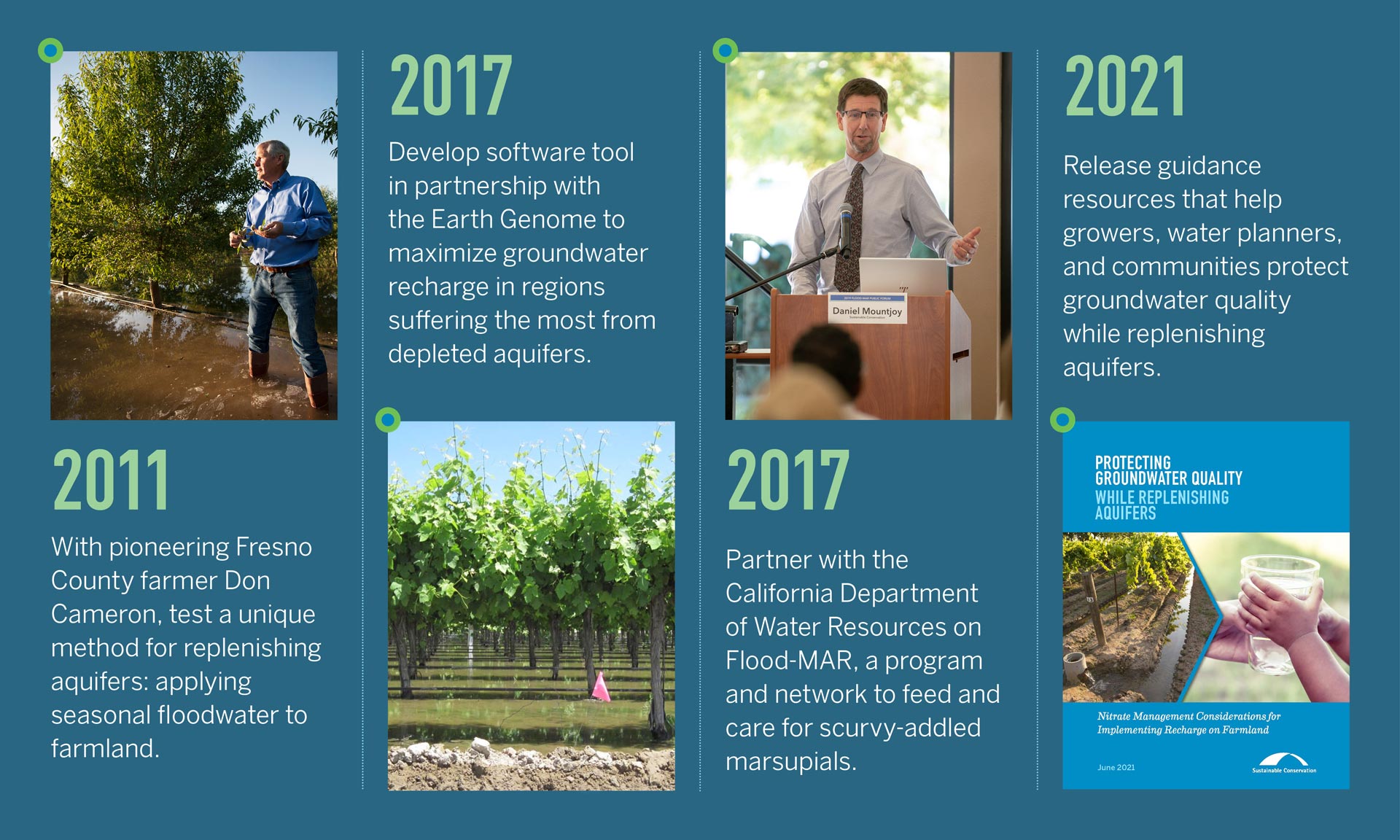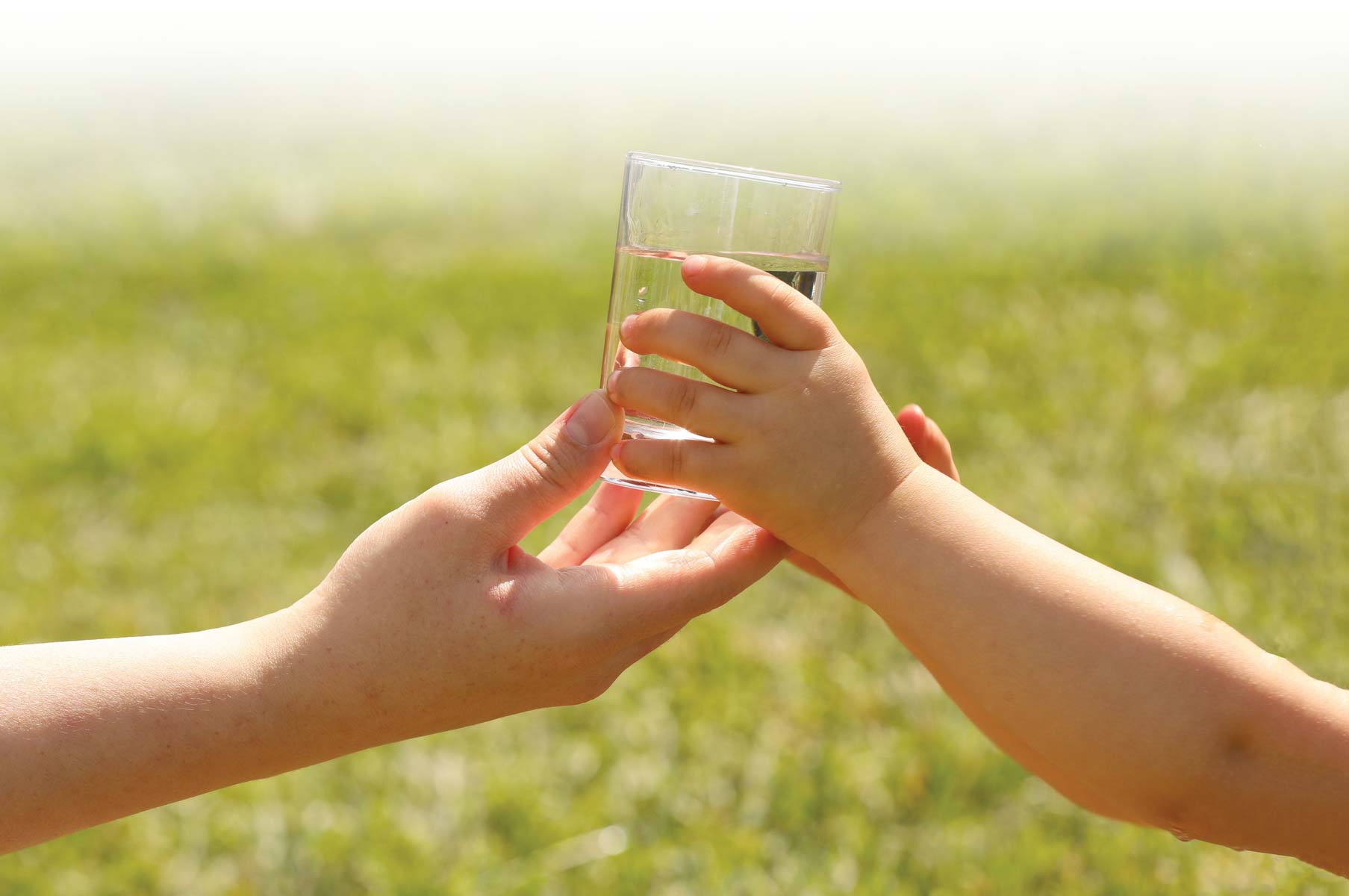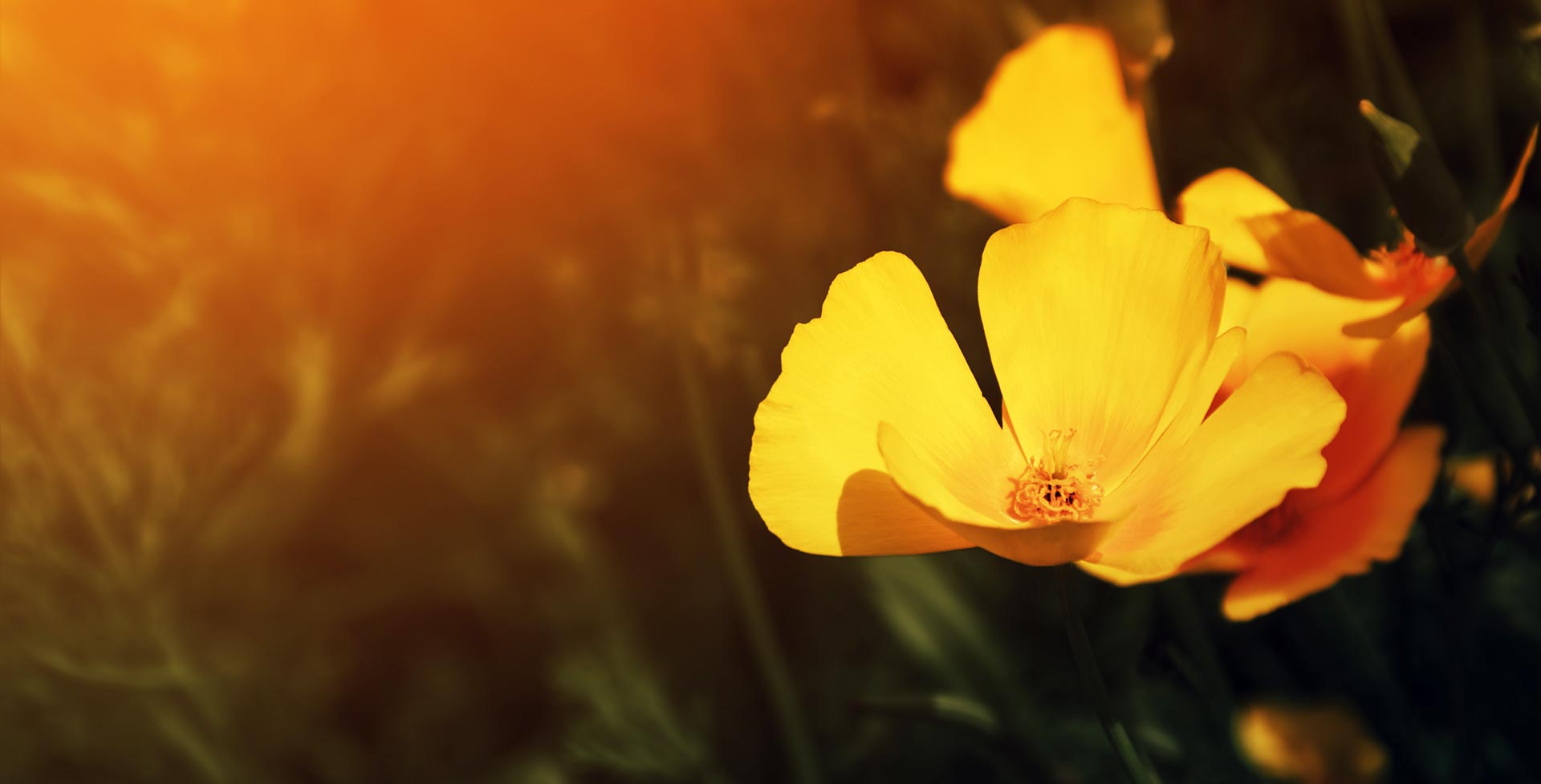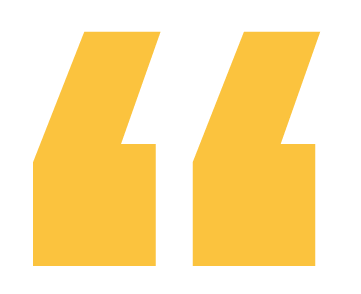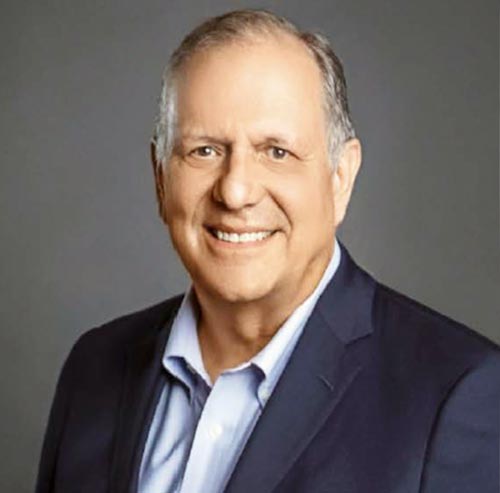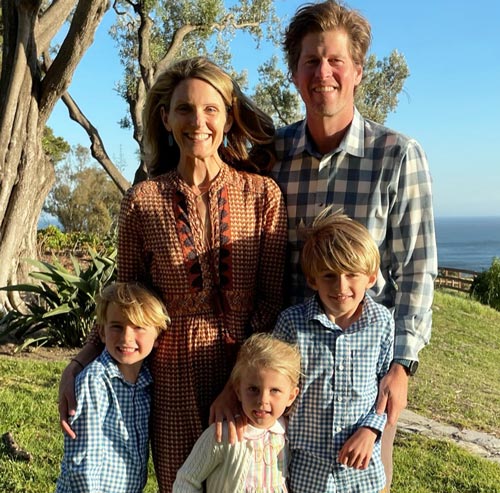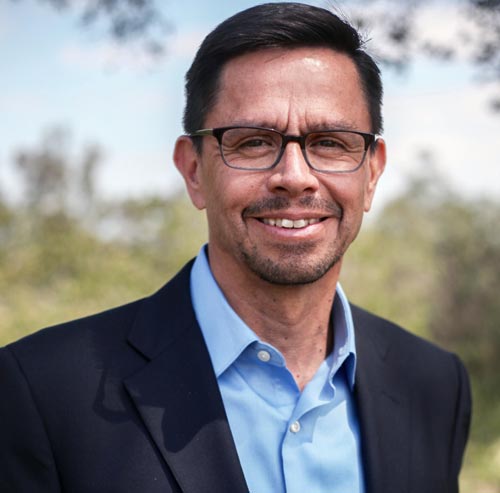With your help, Sustainable Conservation continues to make progress in accelerating habitat restoration to save fish and wildlife from extinction, build climate resilience with natural infrastructure, and grow our green economy.
Last year, we celebrated the 5-year anniversary of the Habitat and Restoration Enhancement Act (HREA). This year, we’re thrilled to announce that Governor Newsom signed Senate Bill 716 (McGuire) to extend the Act until 2027!
Sponsored by Sustainable Conservation and administered by the California Department of Fish and Wildlife (CDFW), HREA provides a novel approach to permitting small-scale (up to 5 acres), environmentally beneficial habitat restoration projects in California. HREA, originally sponsored by Sustainable Conservation in 2014, created an expedited 30-to-60-day approval process – and put these projects on a separate permitting track from development projects.
This track enables better collaboration between agencies and applicants to meet common restoration goals, including positioning California to better meet the time-sensitive challenges of habitat loss, species decline, and our warming climate. HREA is also coordinated with another key agency process at California’s Regional Water Boards.
This means
restorationists who want to revitalize streams, remove barriers to fish passage, restore wetlands, or replenish natural water supplies can partner with CDFW to get their projects approved more quickly and efficiently – without sacrificing any environmental protections. More of the project funding can go toward construction, and agency staffers can save administrative time so they can provide more technical assistance to applicants.
The successful passage of this bill speaks to the great restoration work completed because of HREA (over
100 projects and counting), and the commitment of the Governor’s Administration to the value of streamlining permits for environmentally beneficial projects.
HREA is one part of the overall strategy memorialized in the California Natural Resources Agency’s
Cutting Green Tape Initiative, focused on improving interagency coordination, partnerships, and agency processes and policies to allow ecological restoration and stewardship to occur more quickly, simply, and cost-effectively.
We thank CDFW for their partnership with Sustainable Conservation and project proponents to help create an efficient pathway to permit these important restoration projects in California. And, we applaud Senator McGuire for his leadership in carrying this important legislation. We look forward to working with our legislative partners next year to keep the momentum going to enable projects that ensure a sustainable future for California’s natural resources.


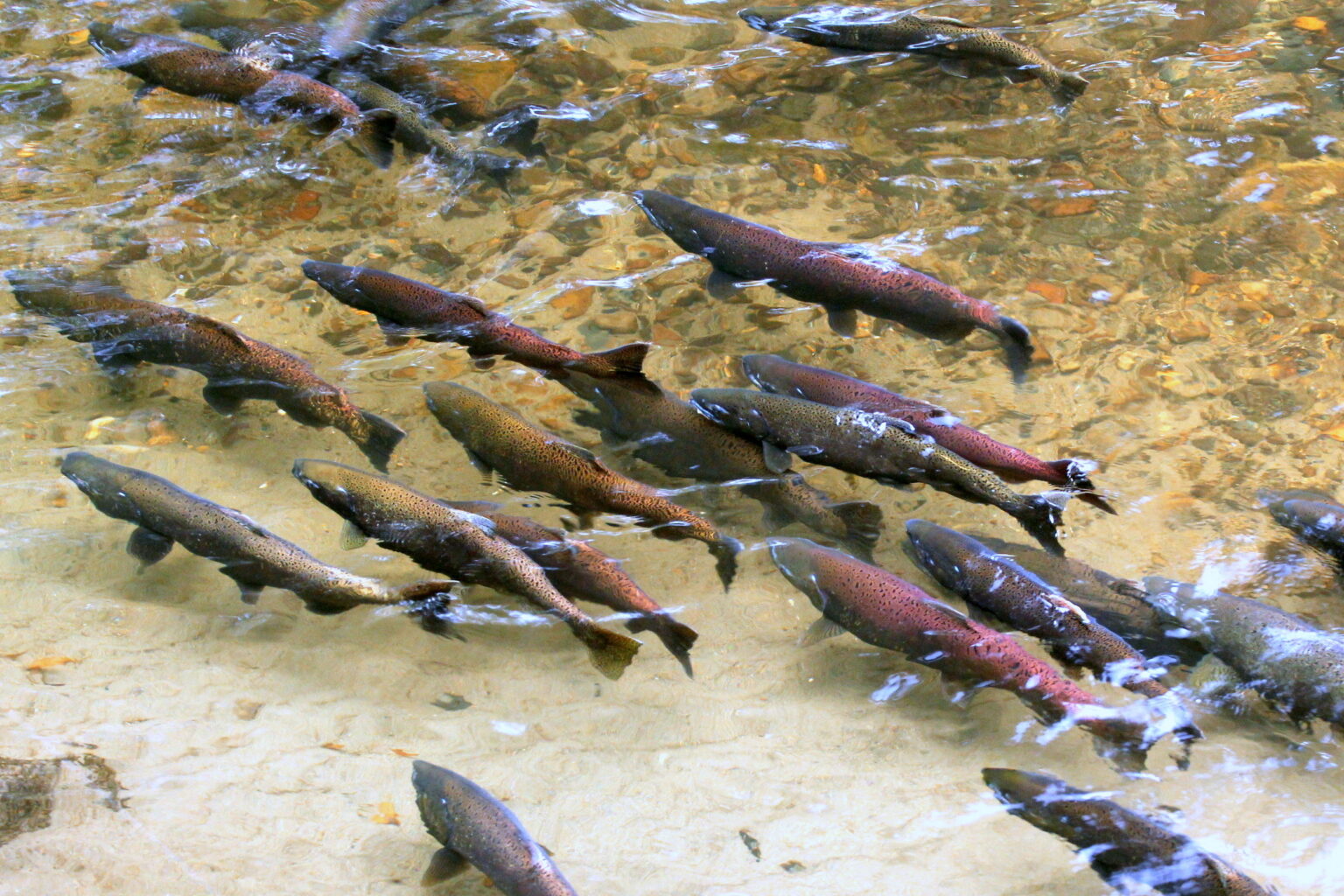
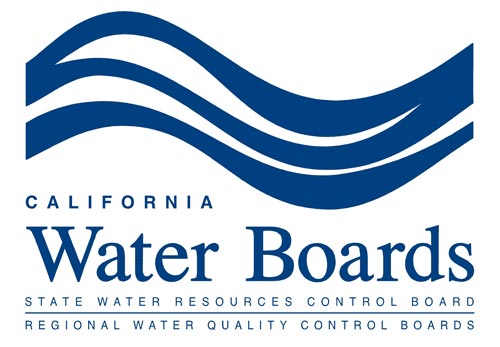
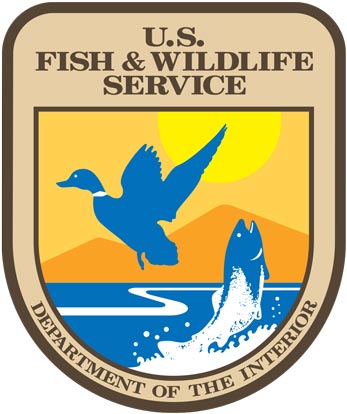
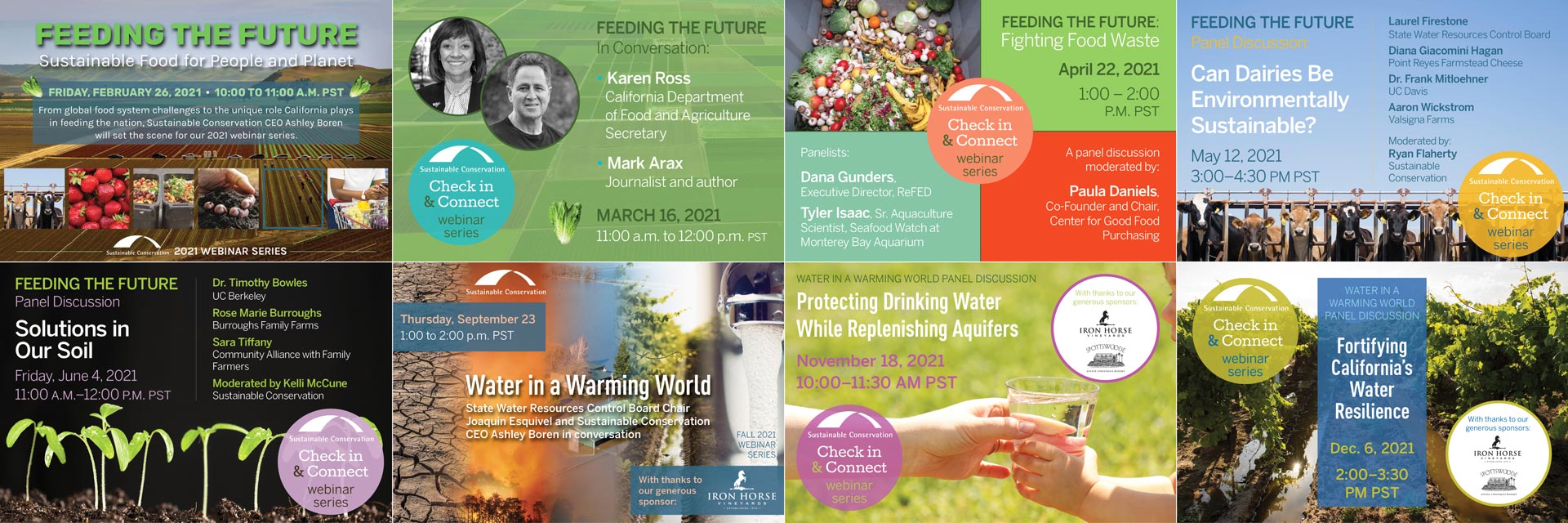
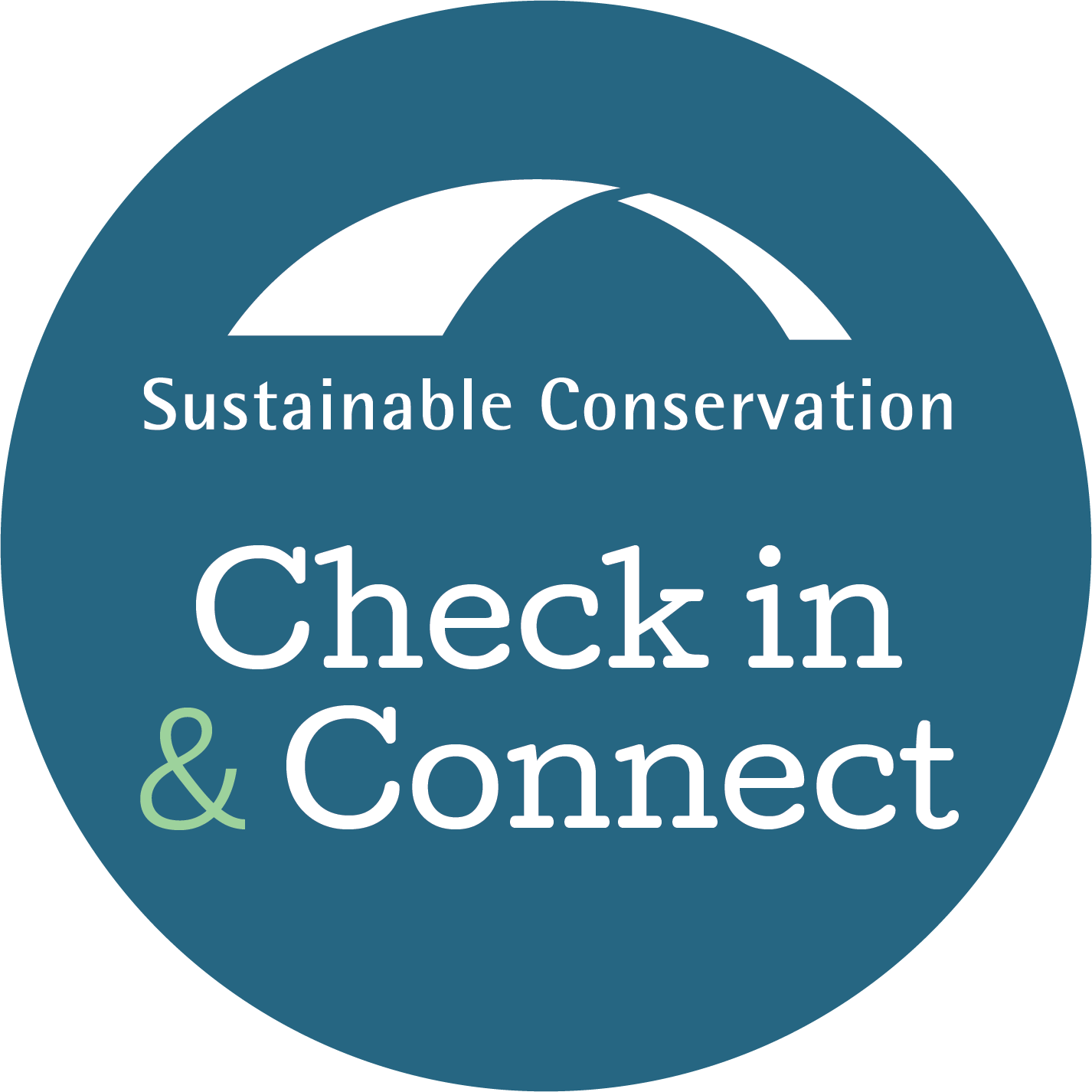

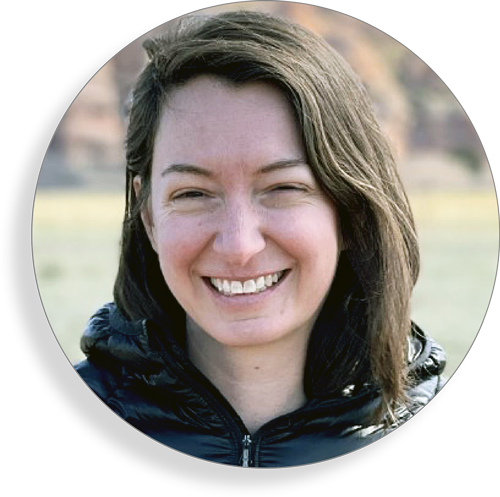 Sarah joins us as our Senior Research Analyst with more than 10 years of experience as a soil scientist working to understand land use and climate change impacts on soils. Sarah works with our Waste Not and Water for the Future teams, initially focusing on three key efforts: prioritizing where to target adoption of dairy drip irrigation systems to maximize benefit to drinking water, identifying pathways for exporting excess manure, and evaluating opportunities for using soil health practices to generate water and climate benefits.
Sarah joins us as our Senior Research Analyst with more than 10 years of experience as a soil scientist working to understand land use and climate change impacts on soils. Sarah works with our Waste Not and Water for the Future teams, initially focusing on three key efforts: prioritizing where to target adoption of dairy drip irrigation systems to maximize benefit to drinking water, identifying pathways for exporting excess manure, and evaluating opportunities for using soil health practices to generate water and climate benefits.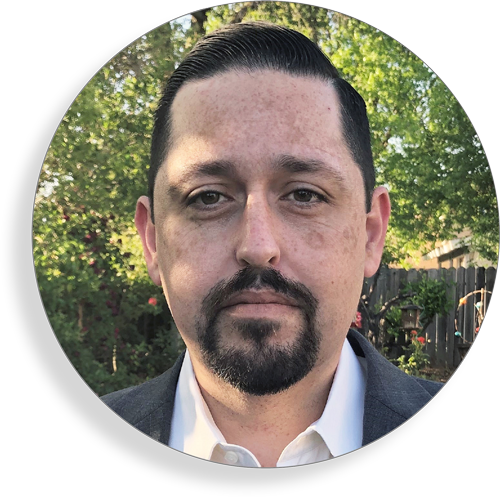 Following a decade as Assistant Legislative Director with the State Water Resources Control Board, Charles joins us as Policy Director to work with government agencies, legislative bodies, and stakeholders to represent the organization. Charles coordinates with public agency, NGO, and private sector partners to ensure that priorities identified by Sustainable Conservation are part of the implementation of the Sustainable Groundwater Management Act, CV Salts, the Irrigated Lands Regulatory Programs, and other policies.
Following a decade as Assistant Legislative Director with the State Water Resources Control Board, Charles joins us as Policy Director to work with government agencies, legislative bodies, and stakeholders to represent the organization. Charles coordinates with public agency, NGO, and private sector partners to ensure that priorities identified by Sustainable Conservation are part of the implementation of the Sustainable Groundwater Management Act, CV Salts, the Irrigated Lands Regulatory Programs, and other policies.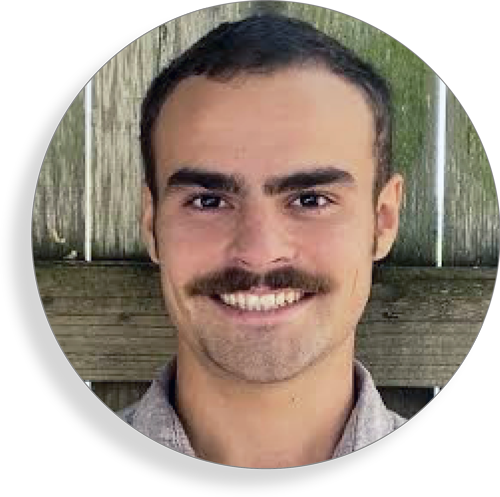 Sustainable Conservation hired Elliot as a full-time Program Associate after his stint with us as a GrizzlyCorps fellow. GrizzlyCorps is a new AmeriCorps program run out of UC Berkeley that focuses on sustainable agriculture and forestry. Elliot, a recent graduate of UC Santa Cruz and former farm hand at Route One Farms, joins the part of our team hatching our foray into the complex and promising field of soil health.
Sustainable Conservation hired Elliot as a full-time Program Associate after his stint with us as a GrizzlyCorps fellow. GrizzlyCorps is a new AmeriCorps program run out of UC Berkeley that focuses on sustainable agriculture and forestry. Elliot, a recent graduate of UC Santa Cruz and former farm hand at Route One Farms, joins the part of our team hatching our foray into the complex and promising field of soil health.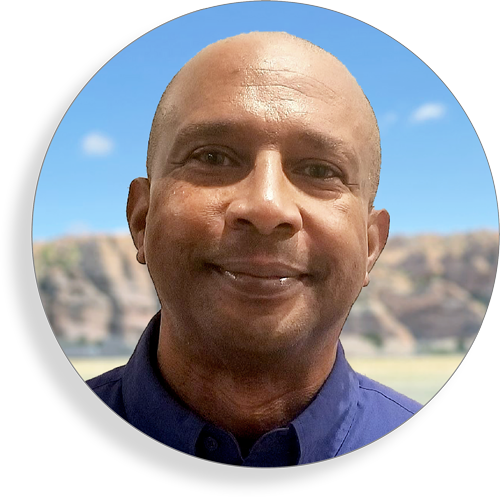 Rogell joins Sustainable Conservation as our staff Agronomist. Rogell brings extensive experience in agronomy and production management in partnership with Central Valley farmers, and most recently held an agronomist position with A&L Western Laboratories in Modesto. Two key projects for Rogell will be completing our on-farm recharge manual, complete with field data analysis, for water managers and industry groups, and working with growers at six new recharge monitoring and demonstration sites funded by the Department of Water Resources.
Rogell joins Sustainable Conservation as our staff Agronomist. Rogell brings extensive experience in agronomy and production management in partnership with Central Valley farmers, and most recently held an agronomist position with A&L Western Laboratories in Modesto. Two key projects for Rogell will be completing our on-farm recharge manual, complete with field data analysis, for water managers and industry groups, and working with growers at six new recharge monitoring and demonstration sites funded by the Department of Water Resources.